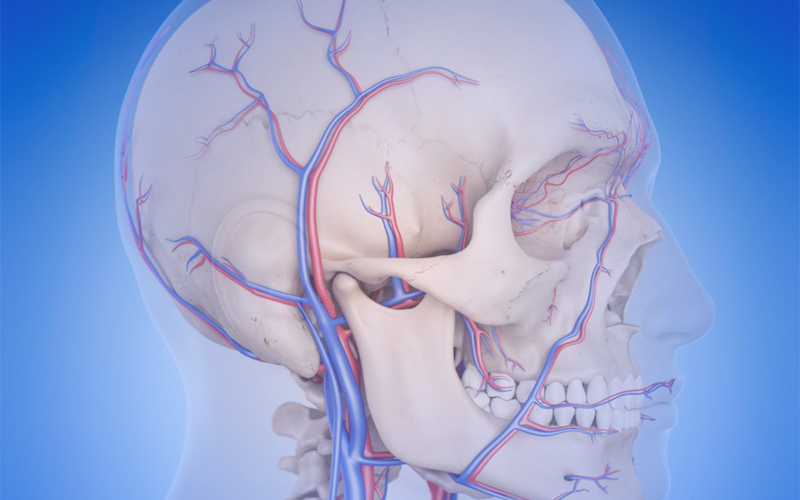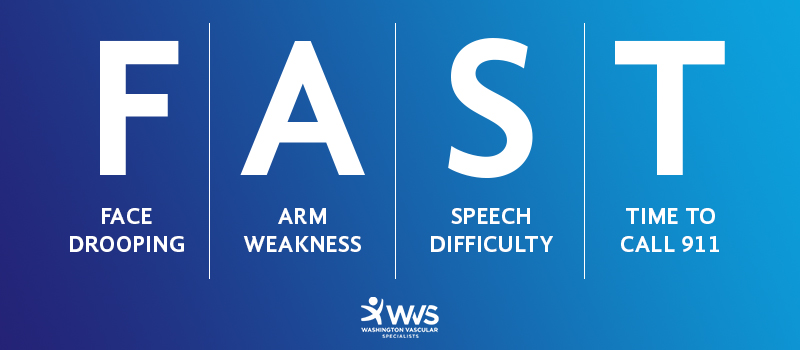Stroke
Stroke belongs to a group of related diseases known as cerebrovascular diseases. These diseases affect the brain and blood vessels and are the fifth most common cause of death in the US. Fortunately, there are treatments for these diseases, especially when diagnosed early. With early treatment, you can prevent any complications, or in case they occur, you manage them better.
What is a stroke
A stroke happens when the part of your brain there is blood flow interruption. The cause of this could either be a clot blocking inside the blood vessel or the blood vessel raptures. When the brain is deprived of blood, it lacks oxygen and nutrients, which causes brain cells to start dying hence the stroke.

Types of Stroke
There are 2 main kinds of strokes; Ischemic as well as Hemorrhagic strokes. Ischemic strokes always occur when blood vessels narrow or get blocked by clots or fat deposits in the vessels. This blockage reduces or stops the flow of blood to the brain. Ischemic strokes are the most common kind of strokes. In severe cases, the blockage affects a large blood vessel which may cause permanent damage.
Hemorrhagic clots happen when a blood vessel ruptures and leaks in the brain. The main causes of a hemorrhagic stroke include:
- Unmanaged hypertension · Overuse of blood thinners
- An ischemic stroke that leads to hemorrhage
- Physical trauma like in car accidents
- Bulging of weak blood vessels
Besides these two types of stroke, there is a third condition known as Transient Ischemic Attack (TIA). It is often known as a ministroke because it has the same symptoms and causes as a stroke, but they only last for a few minutes. While it does not cause permanent damage, if you suspect you have experienced a TIA, it is important to get immediate medical attention. A TIA often heralds a coming stroke and increases your risk for a stroke. It is also a sign that you have a partially blocked artery leading to your brain.
Symptoms of Stroke
Urgent treatment is needed for it to be effective and prevent permanent damage. Therefore, seek immediate medical attention when you or your loved one has any of the following symptoms
- Sudden confusion and difficulty in communication, both speaking and understanding speech
- Sudden development of numbness or paralysis in the arm, leg, or face, especially if it affects only one side.
- Blurred or blacked vision is one or even both eyes.
- Trouble walking due to coordination and balance loss.
- Sudden severe headache with no known cause that could be accompanied by vomiting or altered consciousness

The American Stroke Association recommends using the FAST protocol as an emergency response in helping someone who could be experiencing a stroke.
- F – Face drooping, especially when the person attempts to smile after you prompt him/her.
- A-Arm weakness. If you ask the person to raise both arms, one arm drifts down or is unable to raise it.
- S – Speech difficulty marked by slurring and difficulty to repeat a simple phrase.
- T – Time to call 911 immediately after observing the above signs.
You should not wait for the emergency scenario. If you have any symptoms or have been diagnosed with strokes, or have any of the risk factors associated with it, you can now get specialist healthcare in your neighborhood. Washington Vascular Specialists now have five locations in the mid-Atlantic region, including Largo, Frederick, Takoma Park, and Maryland. Call us today and count on our expertise and experience to make you better and treat you while close to home.



